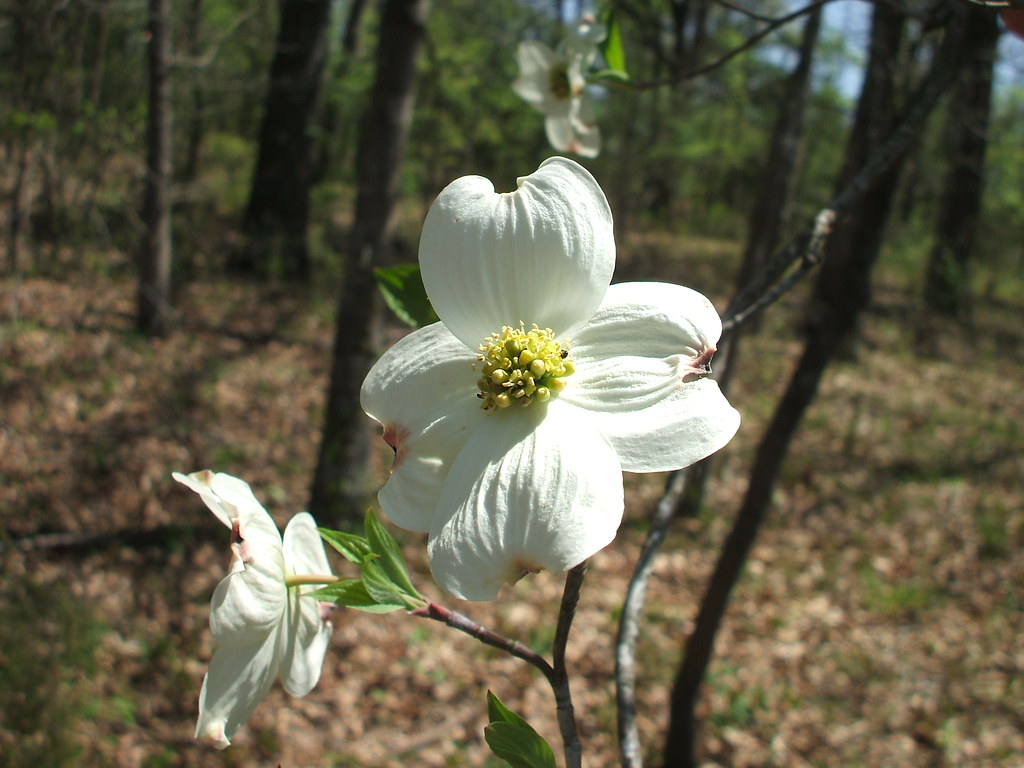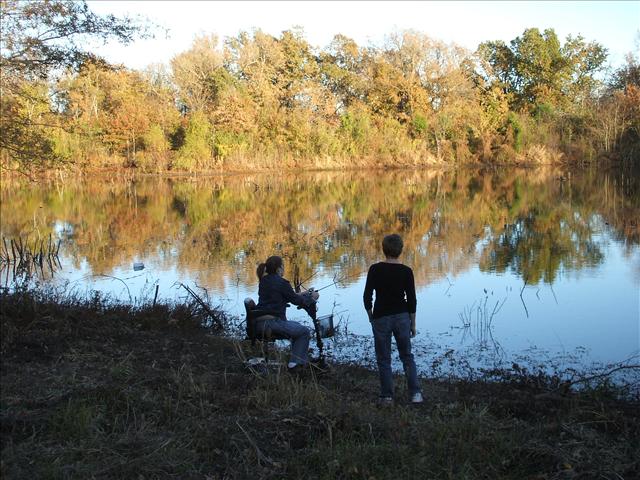
In part 2, I will be discussing how I am utilizing dead wood from the flooded area. Trees are continuing to die in the flood prone area as their roots succumb to the lack of air and they suffocate. Trees have different abilities to survive flooding. The bald cypress I planted are extremely flood tolerant, and their knees are what allow them to breath when the majority of the root system is underwater. The willow oaks and nutmeg hickories that have died can only withstand 6 months or so of standing water. A few are on slightly higher gound allowing them to last a few years longer than others, but I believe they will all die eventually in this area. I have started trying to get these down before they die or after they are dead but still sound enough to take down. Wildlife trees are also important and the ones I cannot get to or were already damaged will remain for this purpose. The eastern red cedar's flood capacity is not known to me and I am leaving any live ones and taking any dead ones. Luckily, they do not rot and can wait around as dead standing trees until I get to them. Bugs love the hickory so much that the one I took down still had leaves on it and had bugs all the way to center. Smaker and firewood is all these will be good for. I have not taken down any willow oak that died this year. The cold weather should hold off the bugs until spring. I hope to salvage some timber for projects on the property, but they may become firewood if the bugs are to bad. The nice thing about the mill is I can cut down to the heartwood and make lumber while cutting up the sapwood into firewood if the bugs have only made it a little ways into the wood. The cedar I took down was beautiful, and one had a really interesting ring of sapwood inside the heartwood. It is going to become a picnic table for the property since it would be a waste to turn it into posts. Three hours of labor netted me 6 nice cedar saw logs, a short cedar elm, and a hickory that will become firewood. I have to more large cedars to get out and several small ones. There are also several willow oaks to take down that recently died and my not be full of bugs. Two may be to large for the log arch even. All told, I believe I can get quite a stack of lumber out of the dead trees with at least 7 more sawlogs of cedar and hopefully 9 of willow oak if the arch can get them all. I believe those willow oaks are going to be my pavilion posts, perlins, and such since there will be no ground contact. Well, that is enough on salvaging dead trees. Part 3 will be on the pond.


